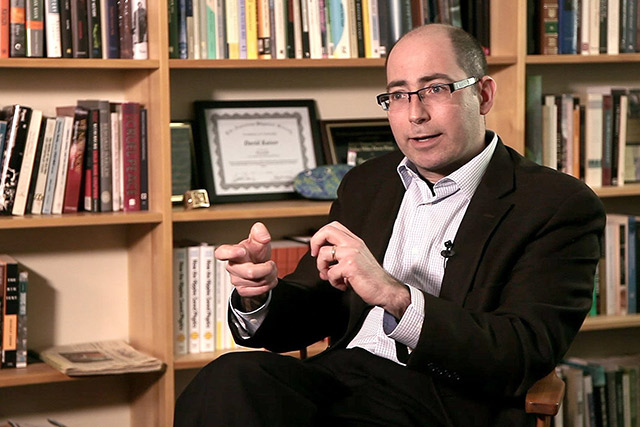Modelling Neurodegenerative Diseases with Stem Cells
MIT Human Stem Cell Lab. Director Maya Mitalipova on age-related diseases, stem cells, and new ways to model neurodegenerative diseases
videos | January 12, 2015
What role do stem cells play in disease modeling? What are the problems currently facing the diagnosis and treatment of conditions such as Alzheimer’s? What does the future of stem cell-based treatments hold? PhD in Genetics and Embryology Maya Mitalipova explains how stem cells are used to model diseases, and the problems researchers now face.
At the very beginning, when human stem cells were derived from human embryonic stem cells, the research started moving towards disease modelling. So, we started learning about the differentiated cells, the different lineages.
95%, or nearly 99% of Parkinson’s and Alzheimer’s cases are sporadic. There is only a small set of the population of Alzheimer’s patients that are actually genetic. If we take a sporadic patient’s biopsy and reprogram them, we might not see because the genetic form of Alzheimer’s is different from sporadic form, by about 20 to 30 years of disease onset.
The future as I can see, can be understanding the mechanisms of the diseases, because it’s a human system and an in vitro system. It’s a human, physiologically. It’s human neurons. So, I do believe this will be the perfect and only system that will be used to understand human development of the diseases.





























